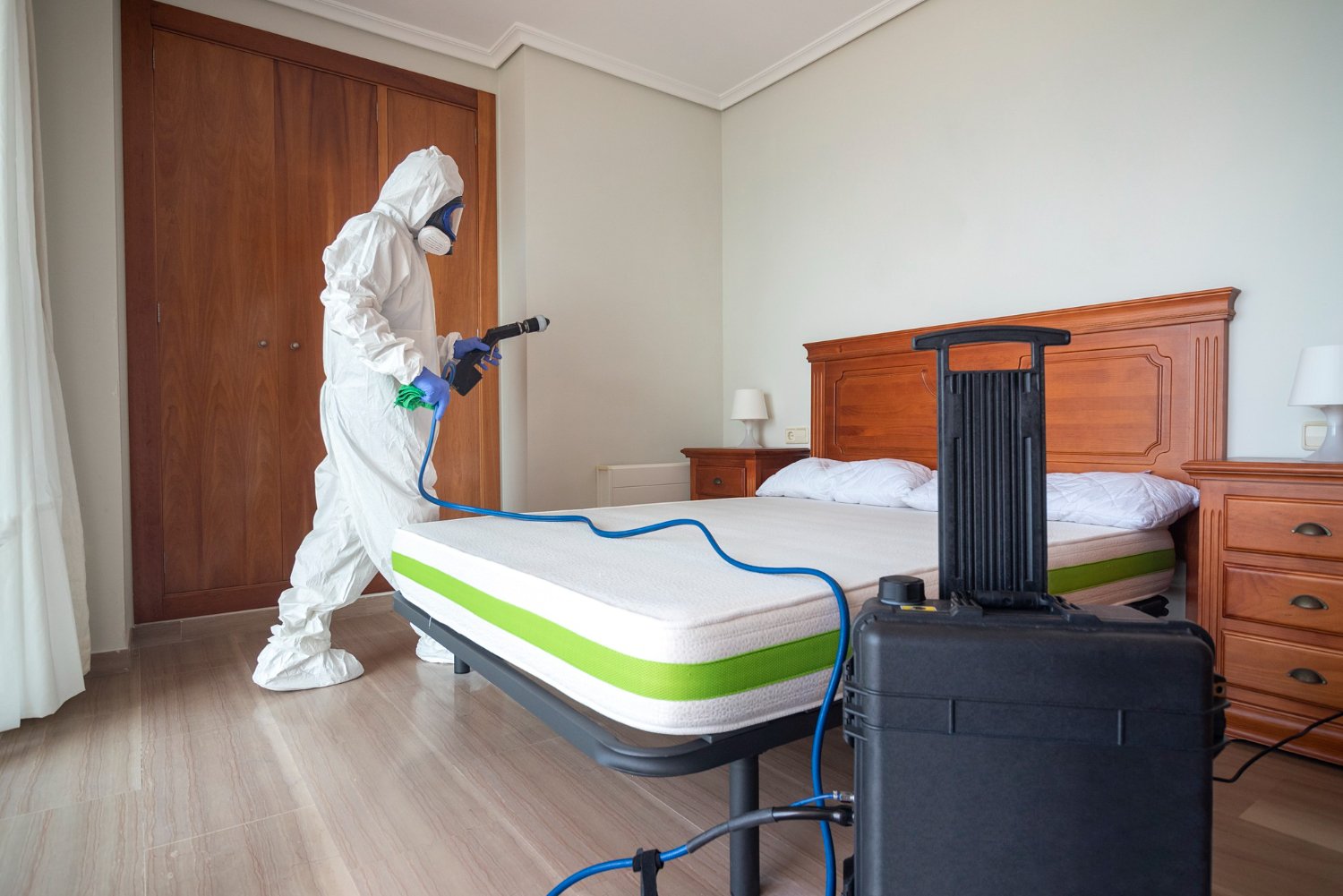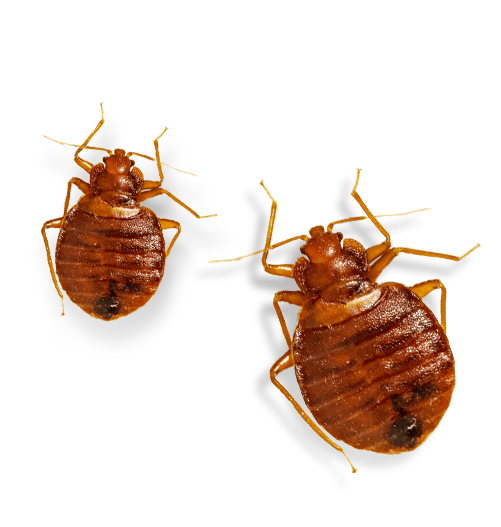Relied On Kings Bug Control Cincinnati OH: Specialist Services
Wiki Article
Types of Parasite Control: Which Method Is Right for Your Invasion?
When encountered with a bug invasion, the selection of an appropriate approach for bug control is vital in efficiently managing the scenario. By discovering the different types of parasite control techniques available, people can make educated decisions customized to their special circumstances, ensuring a much more reliable and lasting outcome in parasite elimination.Chemical Insect Control
Chemical parasite control includes the use of artificial or naturally obtained chemicals to manage and get rid of pest populations properly. This technique is commonly used in farming, forestry, and domestic setups to fight a large range of pests, including pests, weeds, and rodents. Using chemical pesticides can give quick and targeted options to pest infestations, making it a prominent selection for numerous people and organizations.One of the essential benefits of chemical parasite control is its ability to quickly remove insects, minimizing the threat of damage to crops, residential or commercial property, and human health and wellness. By utilizing particular chemicals that target specific parasites, this method can efficiently manage problems while minimizing harm to useful microorganisms and the setting when used correctly.
However, making use of chemical bug control additionally elevates concerns about potential unfavorable impacts on non-target types, water resources, and human health and wellness. It is critical to adhere to safety and security standards, use chemicals sensibly, and take into consideration alternative pest control methods to minimize these risks and ensure sustainable pest management practices.
Organic Parasite Control
Organic parasite control, additionally recognized as biocontrol, makes use of living microorganisms to manage and reduce parasite populaces normally. This technique utilizes the power of nature to control pests without the demand for artificial chemicals. Biocontrol can include the introduction of natural adversaries of the parasite types, such as predators, parasites, or virus, to suppress bug populations. By using the parasite's natural predators or virus, biological pest control uses a ecologically friendly and lasting option to pest administration.
Mechanical Pest Control
Making use of manual and physical methods to manage parasite populaces, mechanical parasite control supplies a different strategy that does not count on using living organisms or synthetic chemicals. This method involves the usage of obstacles, catches, or other devices to physically hinder or remove bugs. By obstructing insect entry factors or establishing up catches to catch them, mechanical pest control can effectively lower invasions without introducing chemicals into the setting.One typical example of mechanical pest control is making use of mesh screens on doors and home windows to avoid insects from entering structures. This basic yet efficient method works as a physical barrier, keeping bugs out while enabling for proper air flow. Additionally, tools like mousetraps, fly swatters, and ultrasonic repellents fall under the mechanical pest control group.
While mechanical insect control approaches can be labor-intensive and need regular surveillance and maintenance, they supply a sustainable and eco-friendly service for taking care of insect problems. By integrating various mechanical techniques, homeowner can develop a detailed pest control approach that reduces dependence on chemical pesticides.
Physical Pest Control

Some usual physical parasite control approaches consist of the use of barriers such as webs or displays to avoid insect entry, traps to record and get rid of bugs, and hand-picking to physically remove pests from plants or frameworks. In addition, methods like heat therapies can be made use of to manage insects like bed bugs by elevating the temperature level to levels that are dangerous to the pests.
Physical insect control is particularly valuable in incorporated insect management (IPM) approaches, where several pest control approaches are integrated for effective parasite management while pest control mice lessening the use of chemicals. By making use of physical bug control techniques, people can efficiently address bug infestations with marginal environmental influence.
Integrated Insect Monitoring
When carrying out physical pest control techniques as part of bug management methods, Integrated Pest Administration (IPM) becomes a detailed approach that leverages different strategies to efficiently regulate pest populations. IPM focuses on lasting prevention of bugs through a combination of organic, social, physical, and chemical tools customized to specific insect concerns. By incorporating multiple control techniques, IPM intends to reduce the dangers connected with insects while likewise lowering reliance on chemical services.One trick facet of IPM is the ant killer emphasis on tracking and examining pest populaces to determine the most proper control approaches. This aggressive approach enables for early treatment and targeted approaches, leading to much more effective bug management. Additionally, IPM promotes eco-friendly techniques by focusing on non-chemical control approaches and just using pesticides as a last resort.
Verdict

By making use of the insect's all-natural killers or pathogens, biological bug control supplies a environmentally pleasant and lasting option to pest monitoring. - Kings cincinnati pest control companies
Utilizing physical and hands-on techniques to take care of parasite populaces, mechanical pest control provides an alternate method that does not depend on the usage of living microorganisms or artificial chemicals.A reliable strategy to taking care of parasite populaces without counting on chemical or organic approaches entails the usage of physical parasite control strategies.When applying physical parasite control approaches as component of parasite monitoring approaches, Integrated Parasite Monitoring (IPM) arises as a detailed technique that leverages different methods to efficiently control pest populations. Chemical parasite control entails the usage of pesticides, biological pest control makes use of all-natural predators, mechanical insect control entails physical obstacles, physical bug control includes trapping or getting rid of bugs, and integrated insect management incorporates several methods for an all natural technique to pest control.
Report this wiki page